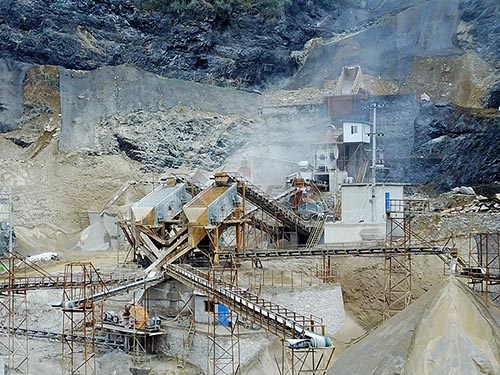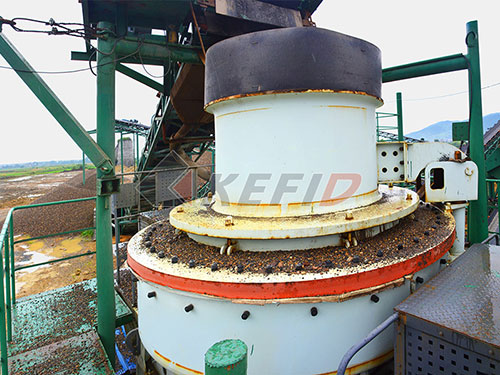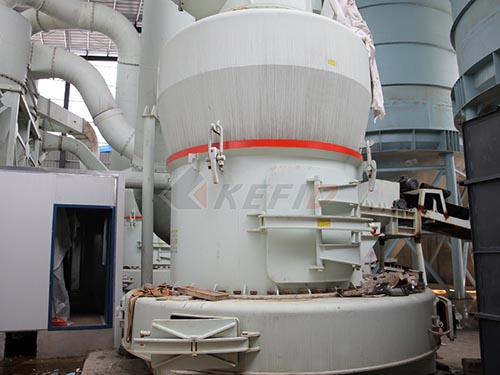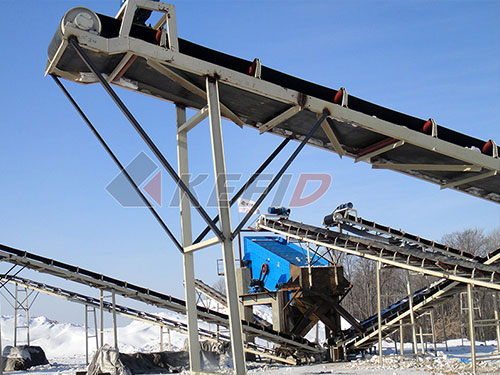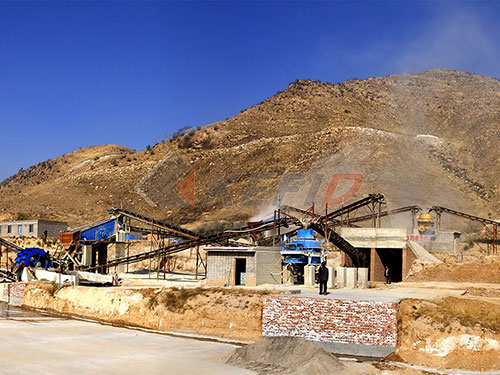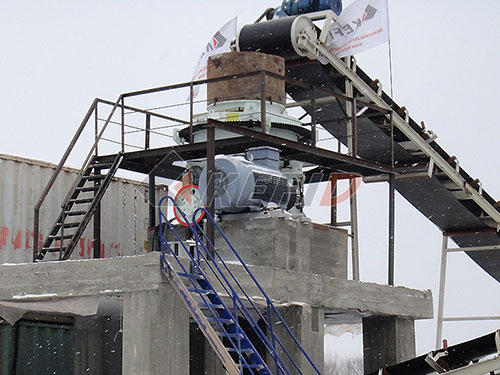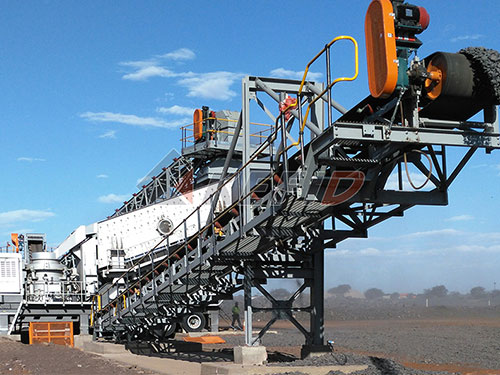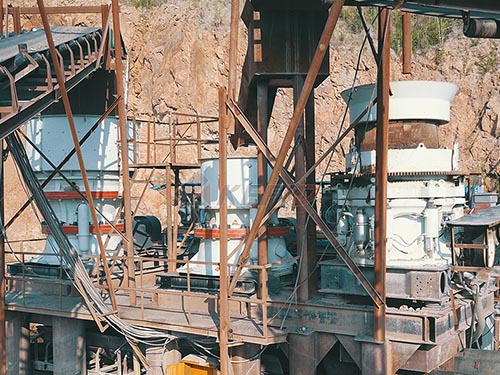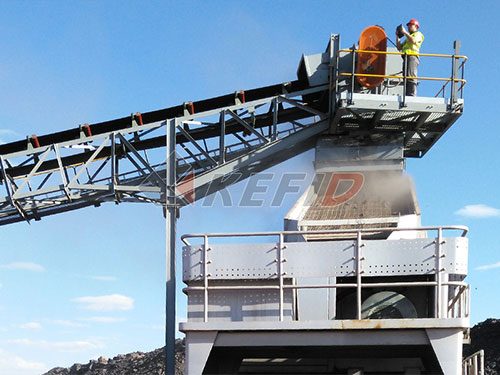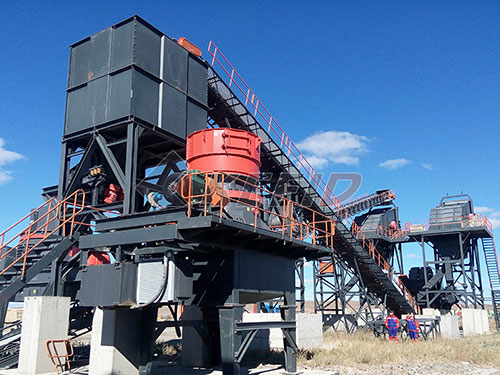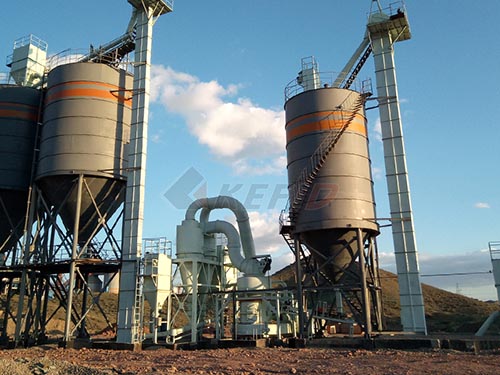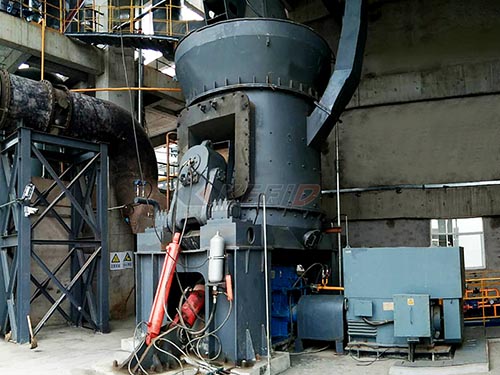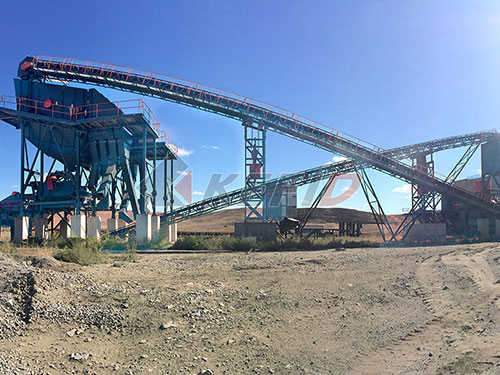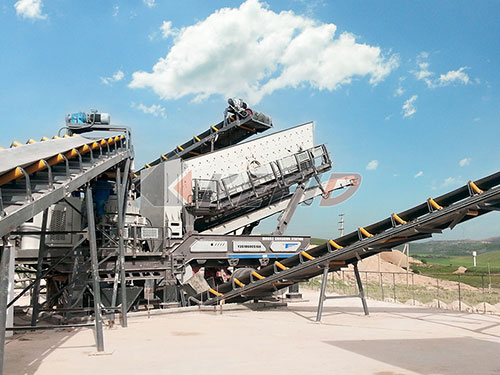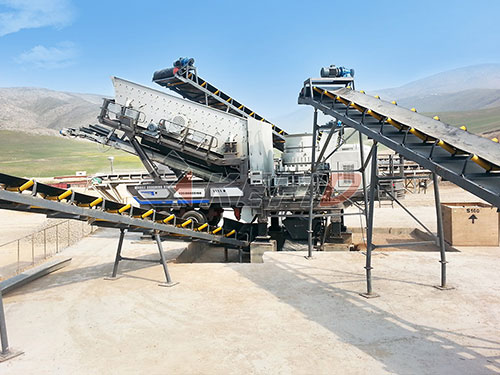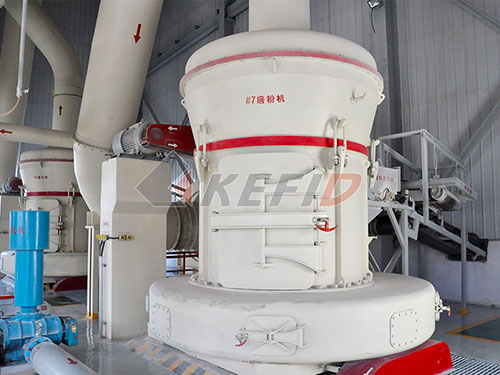A Secondary Impact Crusher is a type of crushing machine used in aggregate production, mining, and recycling to reduce the size of materials after primary crushing. It is designed to handle softer to medium-hard rocks (e.g., limestone, asphalt, concrete) and produce a more cubical product compared to primary crushers.
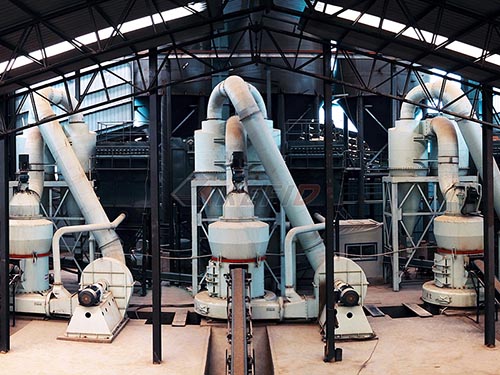
Key Features:
1. Function:
– Processes pre-crushed material (from jaw or gyratory crushers) into finer, more uniform sizes.
– Ideal for shaping aggregates and improving particle quality.
2. Working Principle:
– Utilizes impact force from rotating hammers/blow bars striking the material against breaker plates or aprons.
– Material is crushed by high-speed impact and shear forces.
3. Types of Secondary Impact Crushers:
– Horizontal Shaft Impactors (HSI): Common for softer materials; high reduction ratios.
– Vertical Shaft Impactors (VSI): Better for cubical shaping (e.g., sand production).
4. Advantages:
– Produces well-shaped, uniform end products.
– Higher reduction ratio than cone crushers for certain materials.
– Lower operating costs in some applications compared to compression crushers.
5. Applications:
– Aggregate production (road base, concrete, asphalt).
– Recycling (concrete, demolition waste).
– Mining (soft to medium-hard ores).
6. Limitations:
– Not ideal for very hard or abrasive materials (e.g., granite).
– Higher wear on blow bars/hammers than compression crushers.
Comparison with Other Crushers:
– Primary Crusher (Jaw/Gyratory): Handles large raw feed; coarse output.
– Secondary Impact Crusher: Refines material; bet
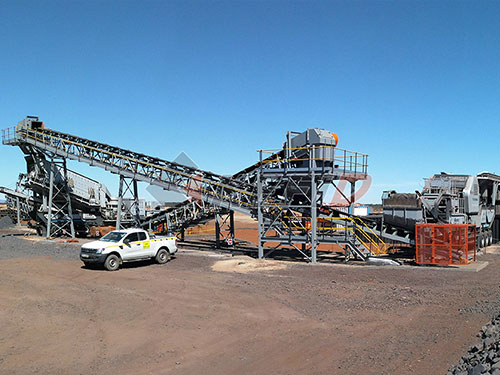
shape/size control.
– Cone Crusher: Better for hard/abrasive rocks but less cubical output.
Popular Brands/Models:
– Metso Nordberg NP Series
– Sandvik CI Series
– Terex Cedarapids IP Series
– Kleemann MR Series
Would you like details on maintenance, capacity selection, or specific use cases?
